If you’re choosing between Culebra and Vieques, you’re already winning—both are offshore islands of Puerto Rico with unreal beaches and a slower, more natural vibe than the main island.
But they feel very different:


- Culebra = tiny, beach-first, snorkeling paradise
- Vieques = bigger, wilder, more variety + the famous Mosquito Bay bioluminescent bay
This guide compares them side-by-side so you can pick the best match.
⚡ Quick Answer
Choose Culebra if: you want the best beach day, easy snorkeling, and a small “one main town” island feel.
Choose Vieques if: you want more beaches to explore, more lodging options, and a bucket-list bio bay night experience.
🧭 Comparison Table (Fast Decision)
| Category | Culebra | Vieques |
|---|---|---|
| Best for | Beach hopping + snorkeling | Nature + beaches + bio bay |
| Biggest highlight | Flamenco Beach | Mosquito Bay (Bio Bay) |
| Vibe | Tiny, laid-back, beach-first | Spacious, wild, more variety |
| Trip style | Simple, slow, easy | More exploring + activities |
| Crowds | Can feel busy at Flamenco | More spread out |
🚢 Getting There (Ferry + Flight Tips)
Both islands are reachable by short flights or by ferry from Ceiba.
Ferry tips that save trips:
- Check schedules early and arrive at least 1 hour before departure
- Keep flexibility in your itinerary (weather and changes happen)
- If you’re traveling with lots of luggage, flying may be easier
Pro tip: If you’re doing both islands, plan your transportation in advance—same-day transfers can be tight.
🏖️ Beaches: Which Island Has Better Beaches?
Culebra beaches
Culebra is famous for stunning, calm-water beaches. The star is Flamenco Beach—white sand, turquoise water, and a perfect bay shape that feels like a postcard.
If your dream is one unforgettable beach day, Culebra is hard to beat.
Vieques beaches
Vieques has more beaches overall and they feel more “wild” and spread out. It’s better for couples or travelers who want to explore multiple beaches over a few days rather than camp out in one place.
My take:
- Prettiest single beach day: Culebra
- More beach exploring over multiple days: Vieques
🤿 Snorkeling & Water Adventures
Culebra = snorkeling heaven
Culebra is known for easy snorkeling, clear water, and great spots around the island. Many travelers go specifically for underwater time.
Vieques = more variety
Vieques has snorkeling too, but it shines more as an “all-around island” with beaches, nature, and nighttime experiences.
✨ The Biggest Difference: Vieques Has the Bio Bay
Vieques is famous for Mosquito Bay, where the water can glow at night thanks to natural bioluminescence. It’s one of those experiences people remember forever.
If you want that romantic, once-in-a-lifetime night activity, Vieques is the winner.
🦜 Nature & Wildlife
Both islands have protected natural areas and a strong eco-vibe.
- Culebra feels more compact and coastal-focused
- Vieques feels bigger and more “untouched” in parts, with lots of open space and nature
🛏️ Where to Stay
Culebra: fewer lodging options, small island feel, quieter nights.
Vieques: more choices across different areas, more restaurants, more variety.
If you like convenience and options, Vieques is easier. If you like simplicity and a tiny-island atmosphere, Culebra is perfect.
✅ Which One Should You Pick?
Pick Culebra if you want:
- The classic “Caribbean postcard beach” experience
- Simple snorkeling + chill pace
- A small island you can enjoy without planning too much
Pick Vieques if you want:
- Bio bay night tour (bucket list)
- More beaches + more room to explore
- More lodging + food variety
If you can do both:
Do Vieques first (2 nights) for beaches + bio bay, then Culebra (1–2 nights) for Flamenco + snorkeling.
❓ FAQ
Is Vieques or Culebra easier to visit?
Both are easy if you plan transportation early. Ferries can change, and flights can sell out, so booking ahead helps.
Which is better for a short trip?
For a quick “best beach” hit: Culebra. For a fuller itinerary with a signature night activity: Vieques.
Which is more romantic?
Vieques, because of the bio bay + more secluded beach options.
🇪🇸 Resumen en Español
Culebra es más pequeña y perfecta para un día de playa espectacular (Flamenco) y snorkel fácil.
Vieques es más grande, con más playas para explorar y la famosa bahía bioluminiscente (Mosquito Bay) para una experiencia nocturna única.
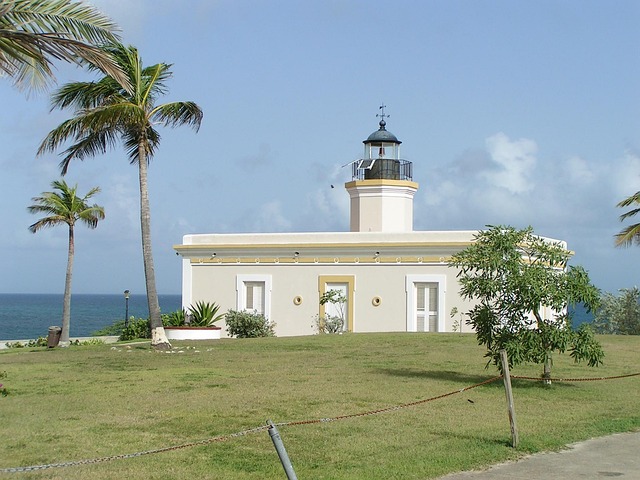
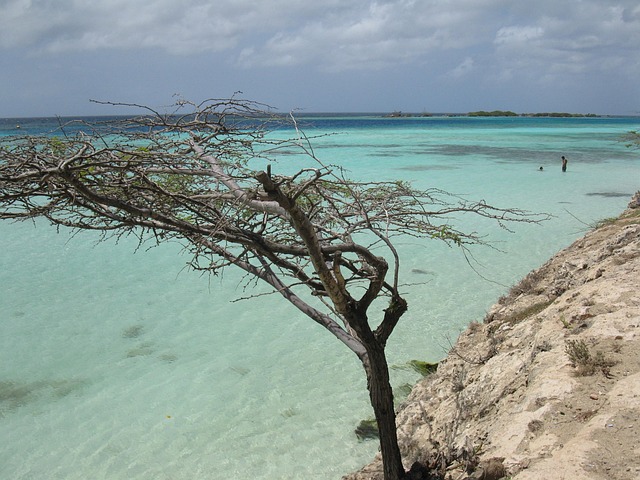
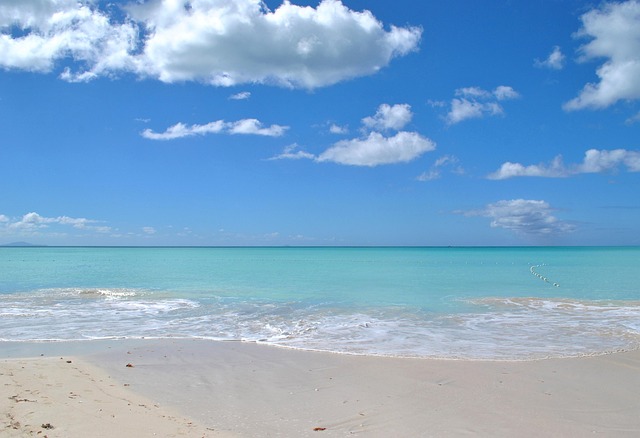
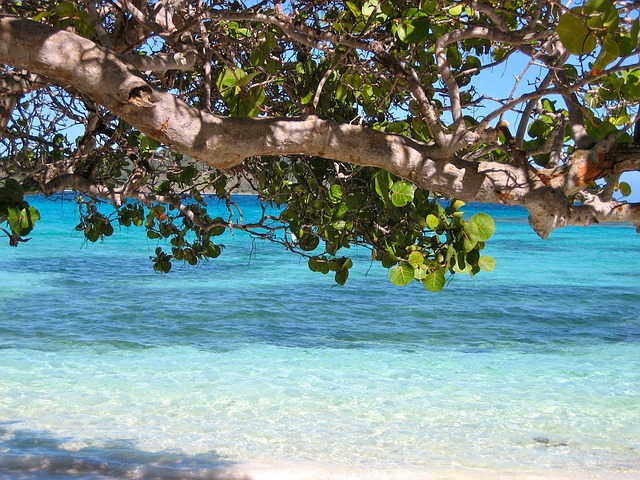
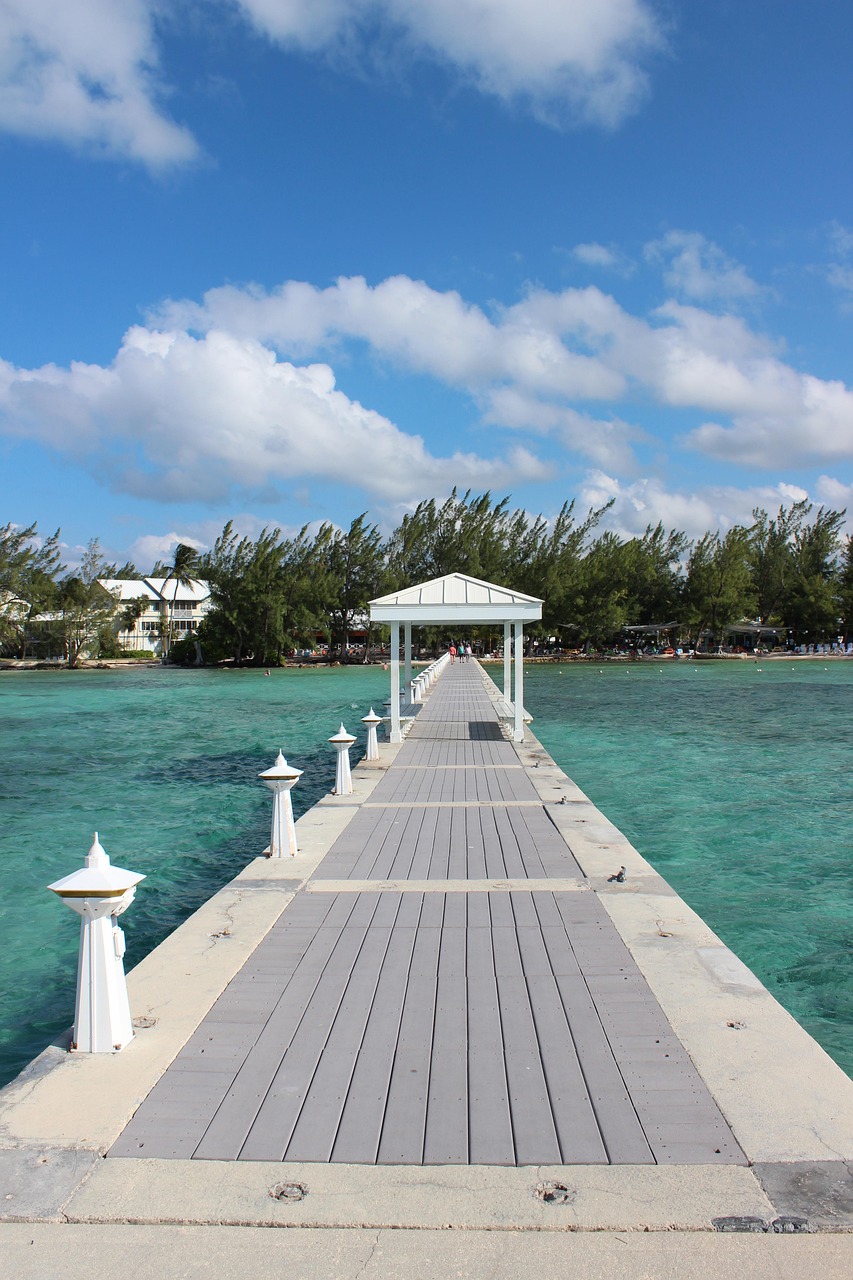
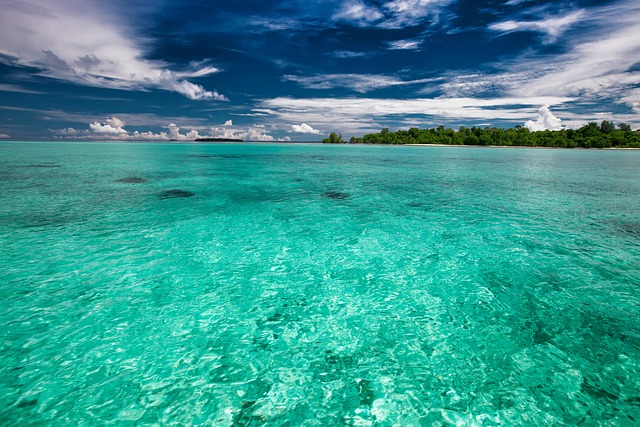
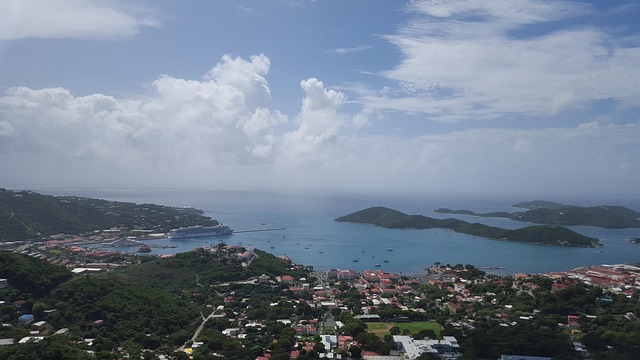
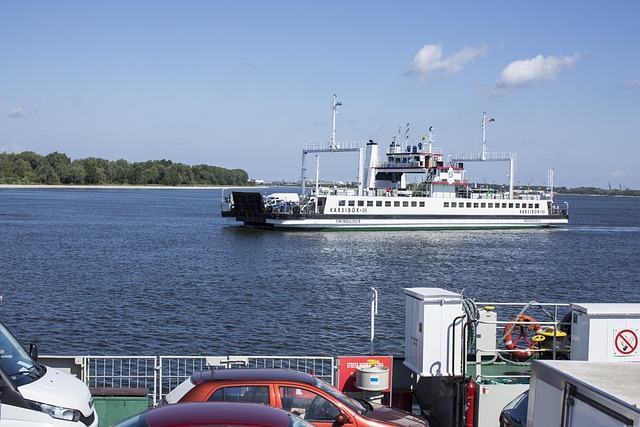
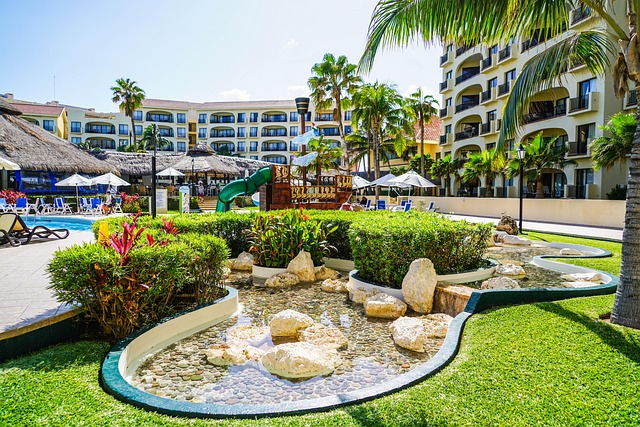

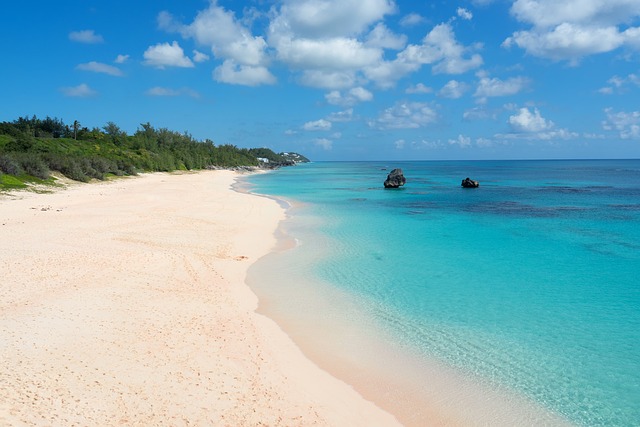
Leave a Reply